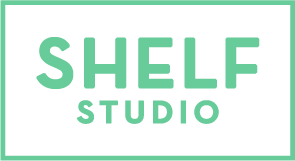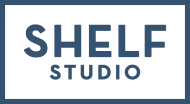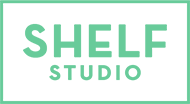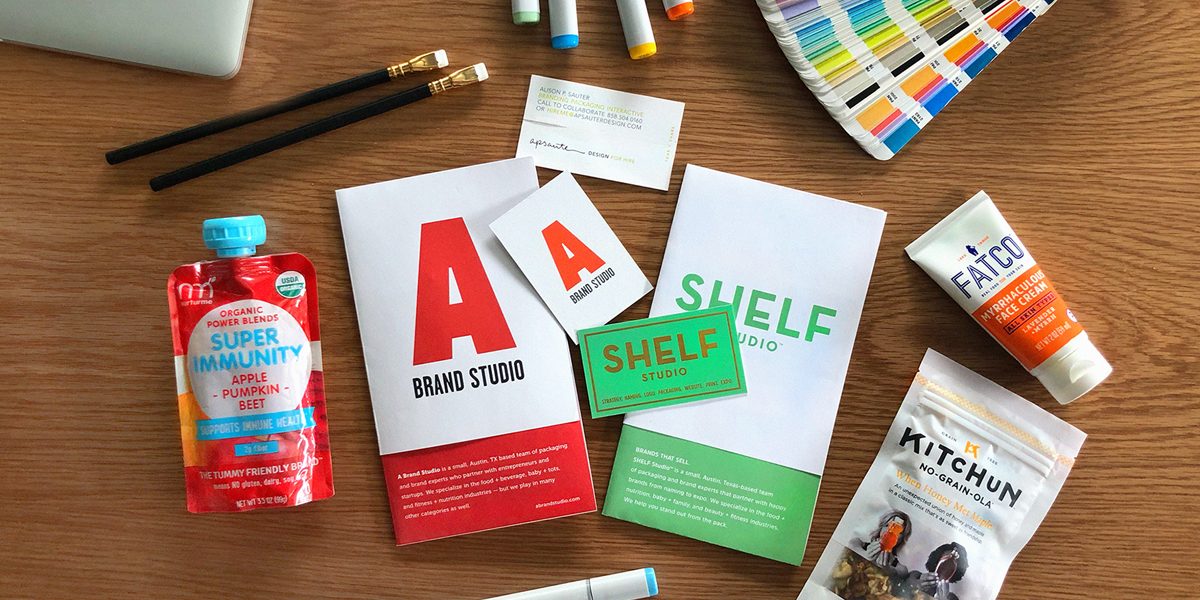
How I Designed My Career By Dreaming Big, Part 2
More tips for designing your life: Part 2 of 2
I had made it as a designer in Europe — was able to start my design career despite work permits, learn the culture and work on many successful CPG campaigns. As amazing as Europe is and was, the reality was that I had tried to become a Dutch girl but was still an American girl at heart. I was scared to leave this cultivated version of myself, so I tiptoed into moving back to The States for four months. I moved in with my sister in San Diego and worked to rebuild from scratch. My gut said it was the right move, but with starting all over again in my personal and professional life, was it really? I’ll save the personal triumphs for over cocktails and share a few professional lessons that led me to owning and operating my design firm, SHELF Studio.
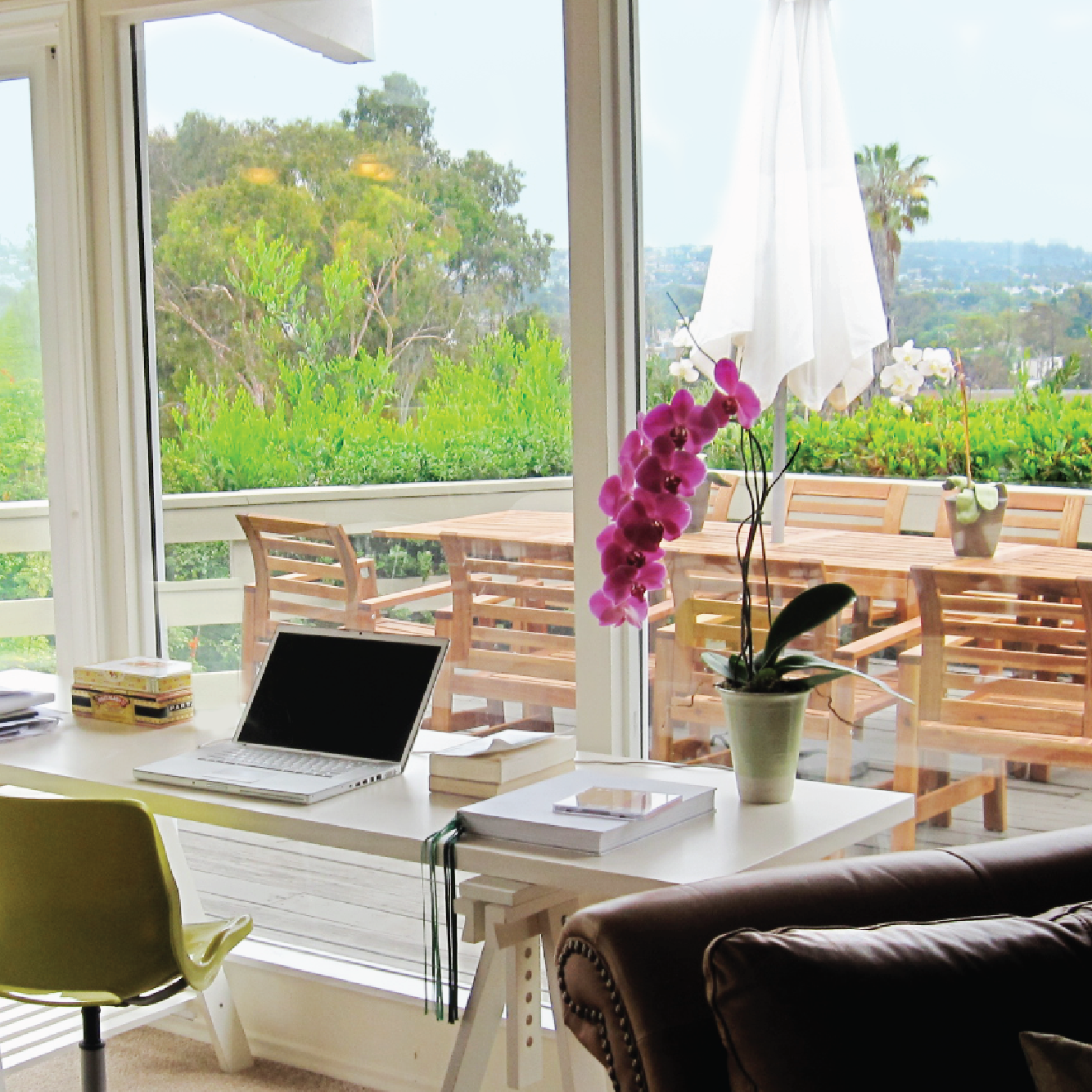
Lesson 1: Don’t be that person and continue to be adaptable.
I got a little big-headed about my Europe adventure. Looking back, this is embarrassing, but in my defense I was twenty-nine (not to offend any enlightened folks in their 20’s). It took a full two years to stop beginning sentences with, “Well, in Holland…”. I still had an accent and in my mind, it was really hard to let go of the person I had worked so hard to become. The truth was, I was that person, I just didn’t need to let everyone know how I came to be that person, or tell everyone about the last 5 years of my life, or why Holland has better “everything”. Everyone has some version of their Holland, what’s yours?
Lesson 2: Know what you want and believe it will work out.
Now this isn’t always easy for everyone. Financial, family or personal obligations dictate career decisions. I knew after starting my career in Europe in a strong full time job climate that freelancing would be my only option in the US. I had the drive to do my own thing and I knew and experienced that this didn’t gel well in American studios. Putting yourself first means only one thing, freelance. It was a risky proposition without a safety net, but when you know, you know. It took many and any gigs that came at me over the course of 5 years to be able to confidently say, “We are SHELF Studio.” What’s the biggest career risk you’ve taken?
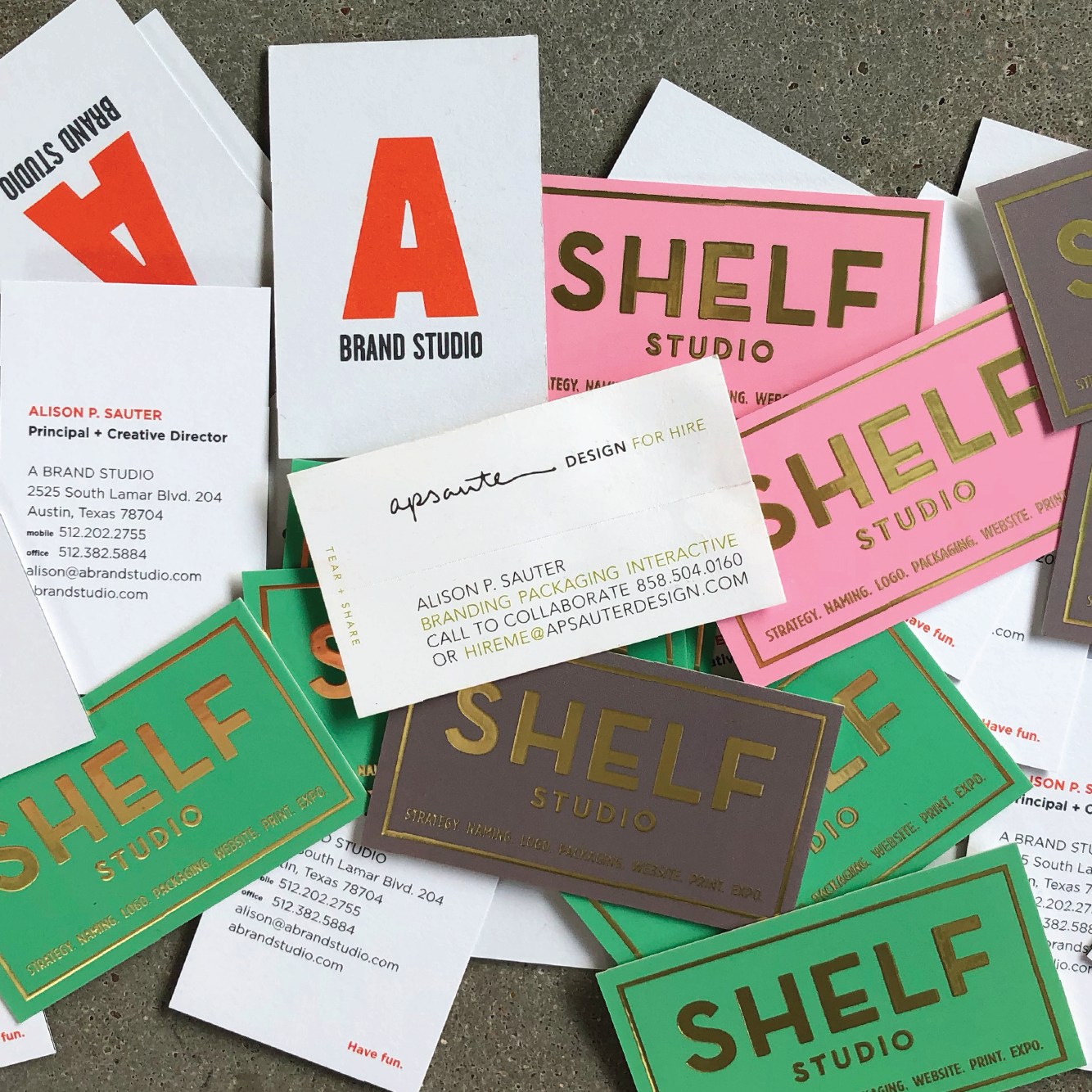
Lesson 3: Do what you gotta do but learn along the way.
Before I got the huge Ball account (that happened in my fifth year of freelancing) that would change the direction of my career, I did whatever jobs it took to pay the bills. In other words, paid my dues. I jumped in and worked for an online medical claims company, because I wanted to learn website design. At the time, I felt ready to depart from packaging, so I thought it be best to expand my skill set. It was a pretty paycheck, but it was also soul sucking. Soon I found myself doing a side hustle at an ad agency, where I polished my photoshop, production and design skills, as well as concepting and copywriting skills. And got to work on one of my favorite projects of my career — a hotel photo shoot where I had full creative direction alongside an amazing Director. Ever take on a design project you didn’t know what the hell you were doing and it turned out better than you ever expected? Or the opposite?
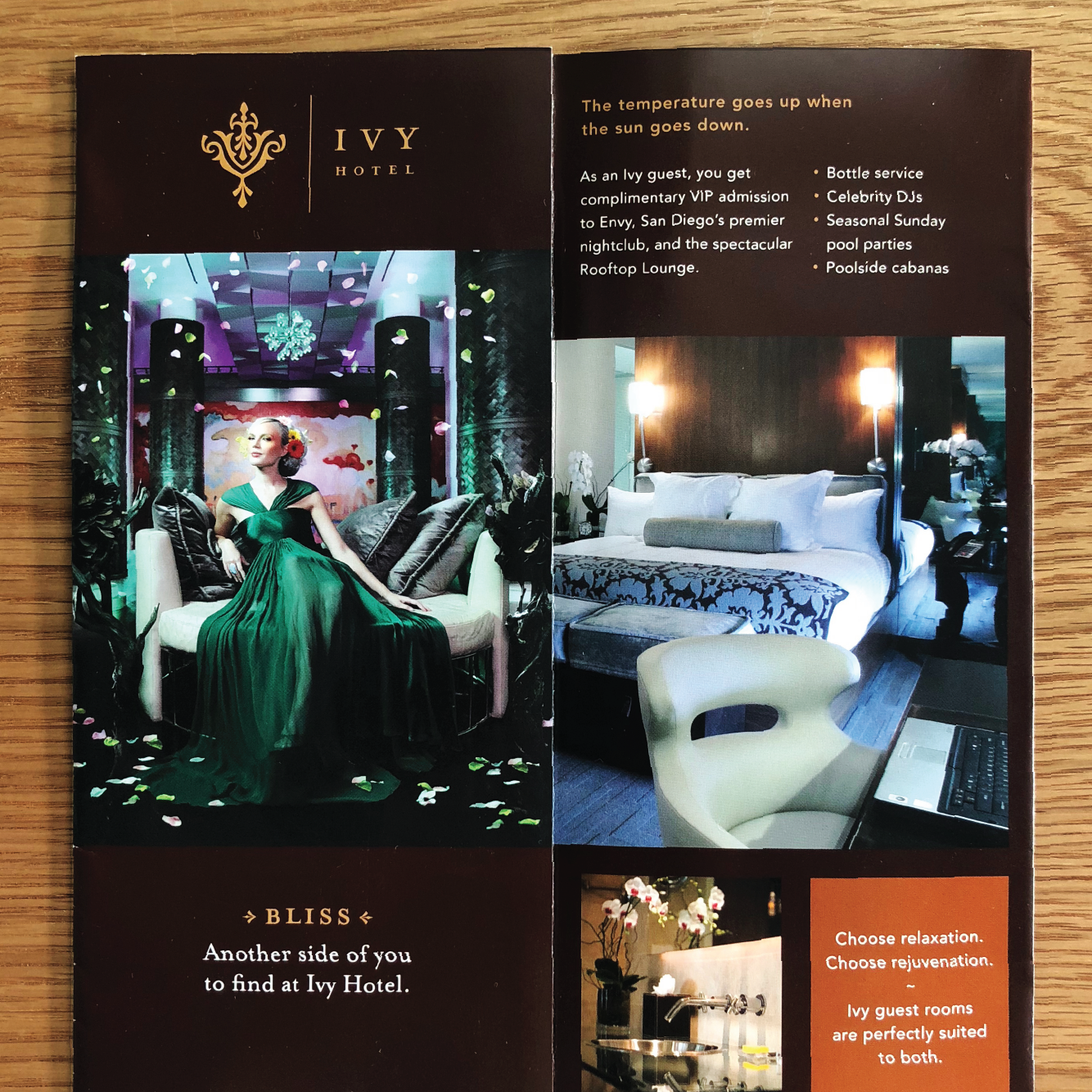
Lesson 4: Assemble a great team and listen to them.
The most important thing I ever did when I started SHELF was to hire designers and creatives who were better than me. Steve Jobs once said, “It doesn’t make sense to hire smart people and tell them what to do; we hire smart people so they can tell us what to do”. Being a freelancer, now business owner, I can’t do it all. That’s why I hire people who are better than me at typography, concepting, and great copywriting. They pushed me to my best creatively (even when it wasn’t fun). Merging studio and individual goals can be a tricky balance. If the individual chooses the individual over the studio, it can really impact the goals of the studio. On the flipside, a great team can really energize the work. I’ve had both kinds of teams since I created SHELF ten years ago and I’m beyond grateful for ALL people I’ve hired. They’ve taught me so much about myself and process (good, bad, and ugly). Work is more than producing, what do you bring that makes your team better?
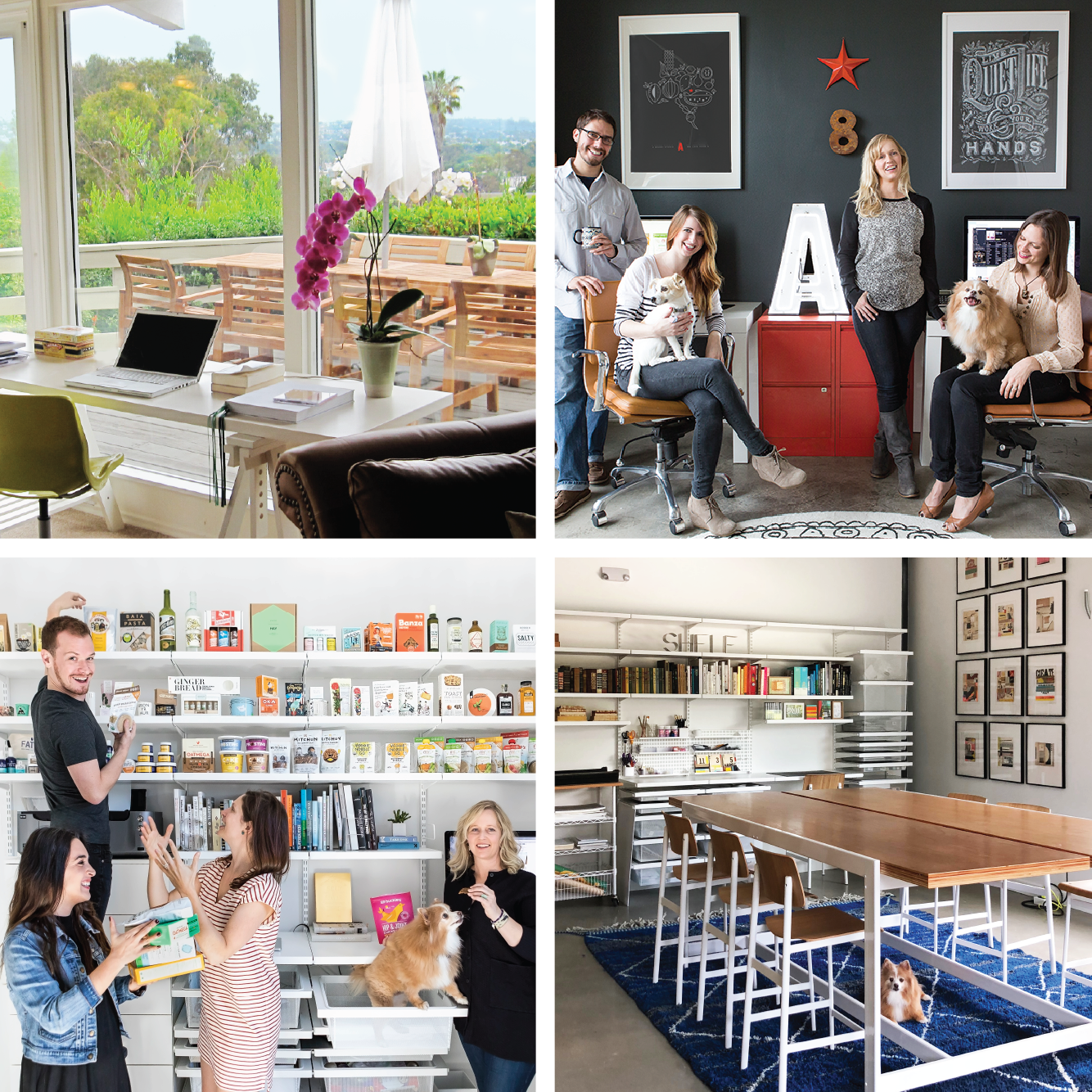
Lesson 5: Establish professional boundaries.
When I committed to growing SHELF (at that time A Brand Studio), I had to assemble a team. After working independently for so long, I took the experience I had in Europe and applied it to the team I was hiring. My mentor was a great emotional leader — so I thought I could mentor on all levels like she did, even if those levels that didn’t fit into the professional scope of a studio. I’m a natural communicator — I enjoy connecting on emotional levels with people but as a boss, that isn’t always the most effective way to lead. The majority of times it was appreciated but it began to get confusing and impact the work. Multiple experiences, some may call this “drama”, forced me to recognize the unique challenges of a business owner and establish professional boundaries and expectations early. I also could no longer take things personally because more often than not, designers start to have more and more specialized niche and either need to move up or move out. And you have to hire again. Has this happened to you at some point at your career? Like, how did the studio turn into a soap opera?
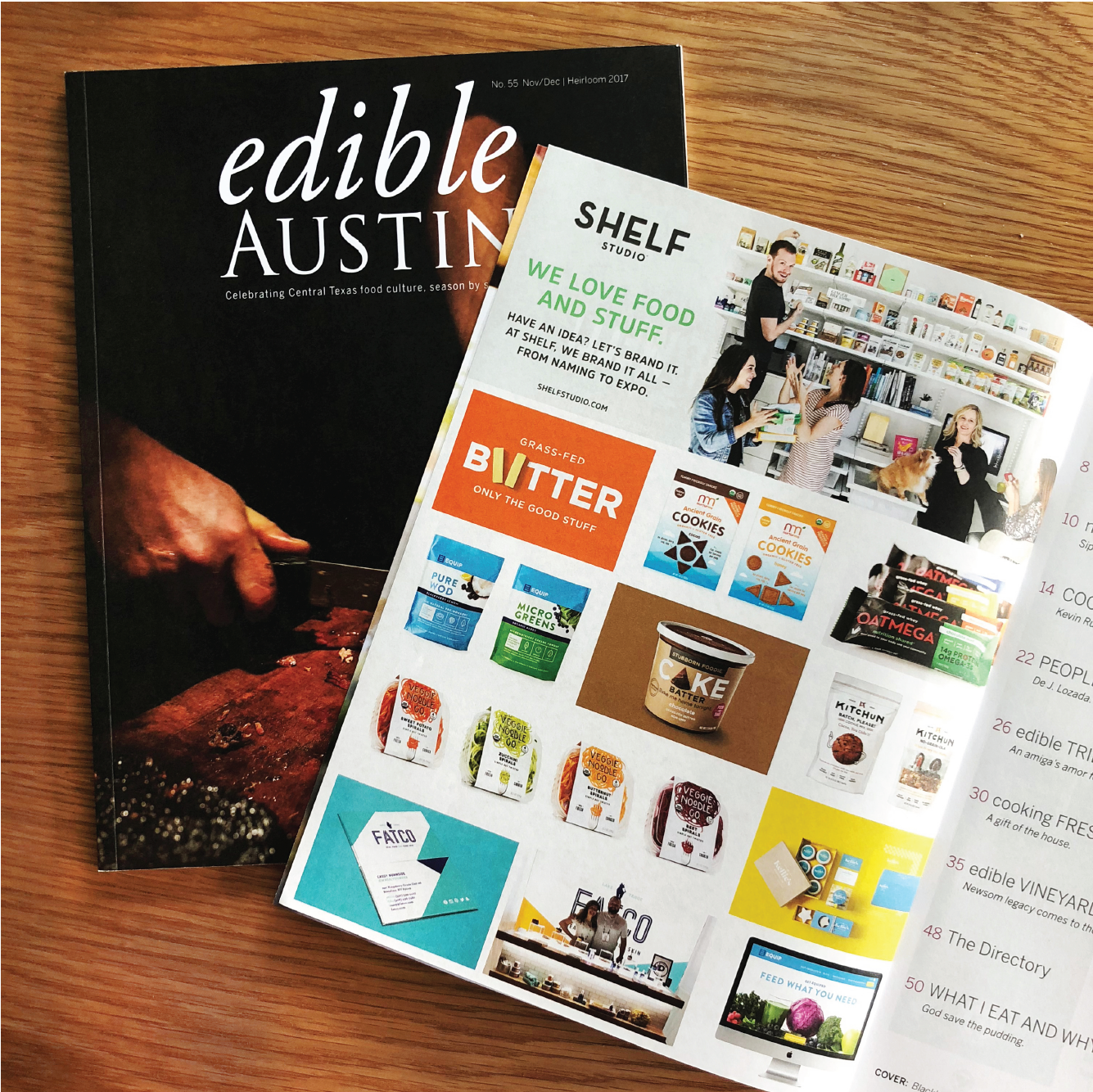
Bonus Lesson: Find your creative niche and build a business.
When the studio landed it’s first big account, NurturMe, I went to my first Expo West expo in Anaheim in 2012. I was blown away by all the emerging brands, packaging, expo booths, and all the creative simulation (not to mention the tasty samples, let’s be real). It made me realize how much I loved and missed packaging. Packaging incorporates all the creative processes and assets because it’s a full story from naming, to concept, to pack, to shelf, to website, to expo, and everything in between. So when it came time to define our mission and goals, naturally we’d specialize in the CPG space. Since making that decision, we’ve gotten to work on and launch some pretty amazing brands in the beauty, baby, food and beverage and fitness categories. And it’s a pretty rad feeling to see something you designed live in color on the shelf. Dream big, do the work, and it will happen. Thank you to everyone who has built SHELF, friends, colleagues, mentors — and most importantly, my Dutch family.
Until next time, we’ll see you on the shelf.
